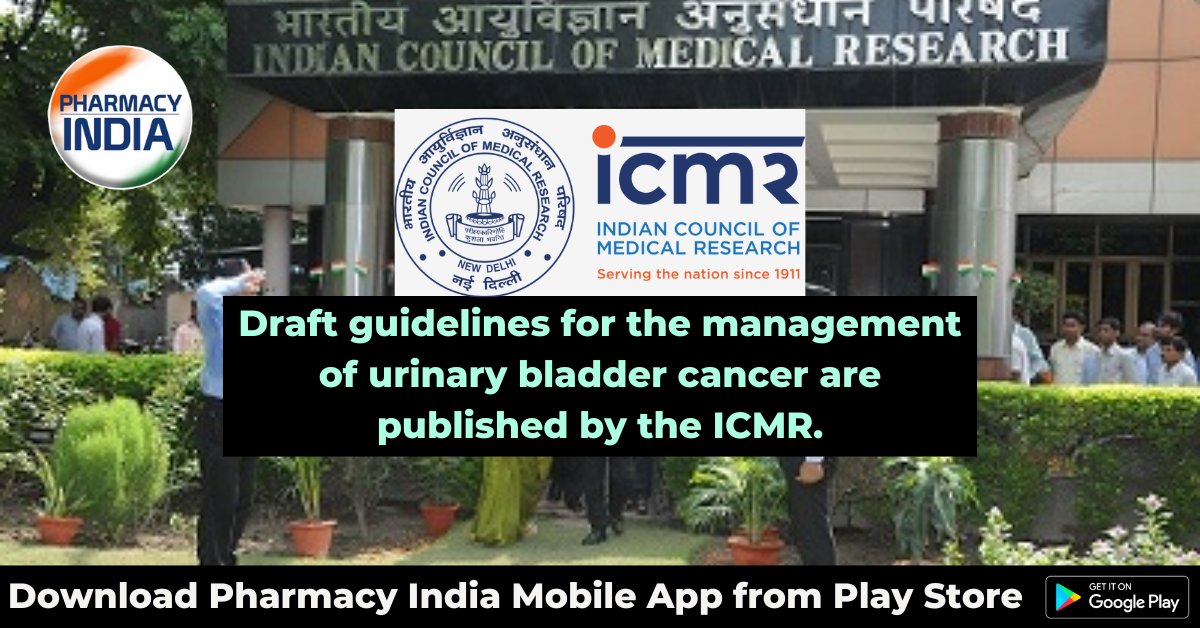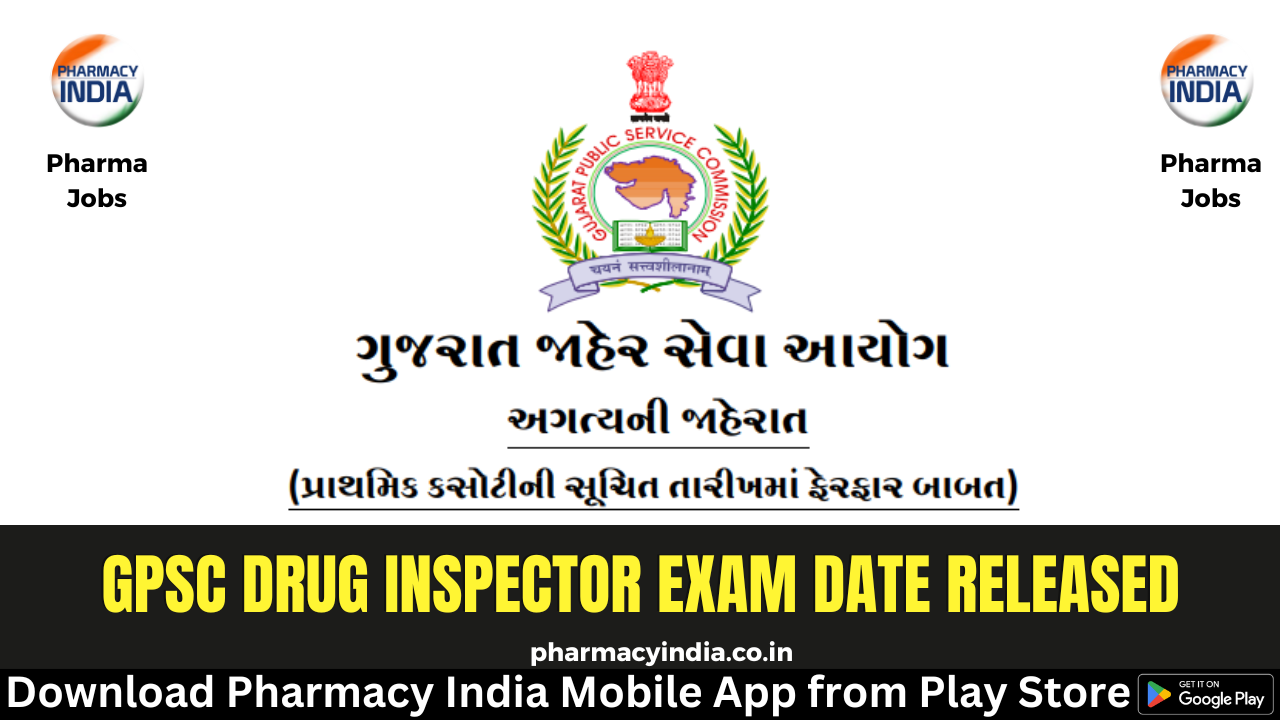The draught consensus statement for the treatment of urinary bladder cancer has been made public by the Indian Council of Medical Research (ICMR). Over a period of four weeks, from March 17 to April 14, 2023, the ICMR expert group’s draught consensus text will be made available online for comments from a larger segment of the scientific community.
Based on the information at hand, this consensus document summarises the current opinions of subject-matter specialists. The guidelines in this paper, which were created by national experts in the field, are not required to be followed exactly by clinicians in any way. On the basis of conversations with the patient, the institution, and national or international criteria, an alternate mode of therapy may be used. The mention of pharmacological medications for therapeutic purposes does not imply support for or advice for their usage, but rather serves as a guidance for physicians when facing difficult choices. The ICMR Subcommittee on Urinary Bladder Cancer, managed by Division of Non-Communicable Diseases (NCDs), ICMR-2023, has created a draught consensus statement for Treatment of Urinary Bladder Cancer.
Incidence of bladder cancer has increased over time in Delhi, Bangalore, and Mumbai while declining over time in Chennai. The biggest risk factor for bladder cancer is tobacco use. Smoking is thought to increase the risk of bladder cancer by three to four times compared to non-smokers, which accounts for 31% of male and 16% of female bladder cancer fatalities. Also linked to an elevated risk is industrial exposure to aromatic amines and carbon black dust in the rubber, leather, and dye industries. The two factors mentioned above are the bladder cancer risk factors that can be changed. Although familial clustering of cases is observed and is likely caused by comparable modifiable risk factors, no genetic variant or mutation has been directly linked to bladder cancer.
In the Indian population, bladder cancer is an uncommon form of malignancy. Bladder cancer ranks as the 17th most prevalent cancer in India, according to the GLOBOCAN 2020 database. It seems that the 5-year prevalence is 3.57 per 100,000 people, which results in roughly 11000 deaths annually. Males experience bladder cancer at a higher rate than females do (Relative incidence being 4:1 in most urban population-based cancer registries in India) The incidence of bladder cancer does differ by region of the nation. Male incidence rates are highest in Delhi (7.4), followed by Thiruvananthapuram (4.9), Kolkata (4.0), and Dibrugarh (1.1), while female incidence rates are highest in Delhi (1.7), followed by Mumbai (1.1), Mizoram (1.1), and Barshi (1.1), respectively (0.2).
The most frequent presenting symptom is painless visible haematuria. Urination urgency and frequency, as well as pelvic pain, are rarer symptoms. A bimanual examination of the rectum and vagina should be performed on patients who report with these symptoms. The examination aids in locating a pelvic mass and fixity to the sidewalls of the pelvis. Urine cytology must then be used to assess the patients. In situations of high-grade malignancy or carcinoma in situ, the detection of exfoliated cancer cells in the urine has a high sensitivity in high-grade tumours (CIS). Nonetheless, a urothelial tumour (UC) could be present anywhere in the urinary tract and cause a positive urine cytology. Urine molecular testing does not now play a part in diagnosis.
A flexible cystoscopy and biopsy from the lesion are used to confirm the bladder cancer (BC) diagnosis. Diagnostic cystoscopy can be skipped if a bladder tumour has been clearly seen by imaging tests like computed tomography (CT), magnetic resonance imaging (MRI), or ultrasound (US), and the patient can go straight to trans-urethral resection of bladder tumour (TURB) for histological diagnosis and resection. To reduce recurrence and progression, adjuvant intravesical therapy, such as BCG or chemotherapy, should be administered as directed. In general, BCG is favoured over chemotherapy, particularly in patients with intermediate and high risk. The most frequent initial symptom of bladder cancer is painless visible haematuria.







